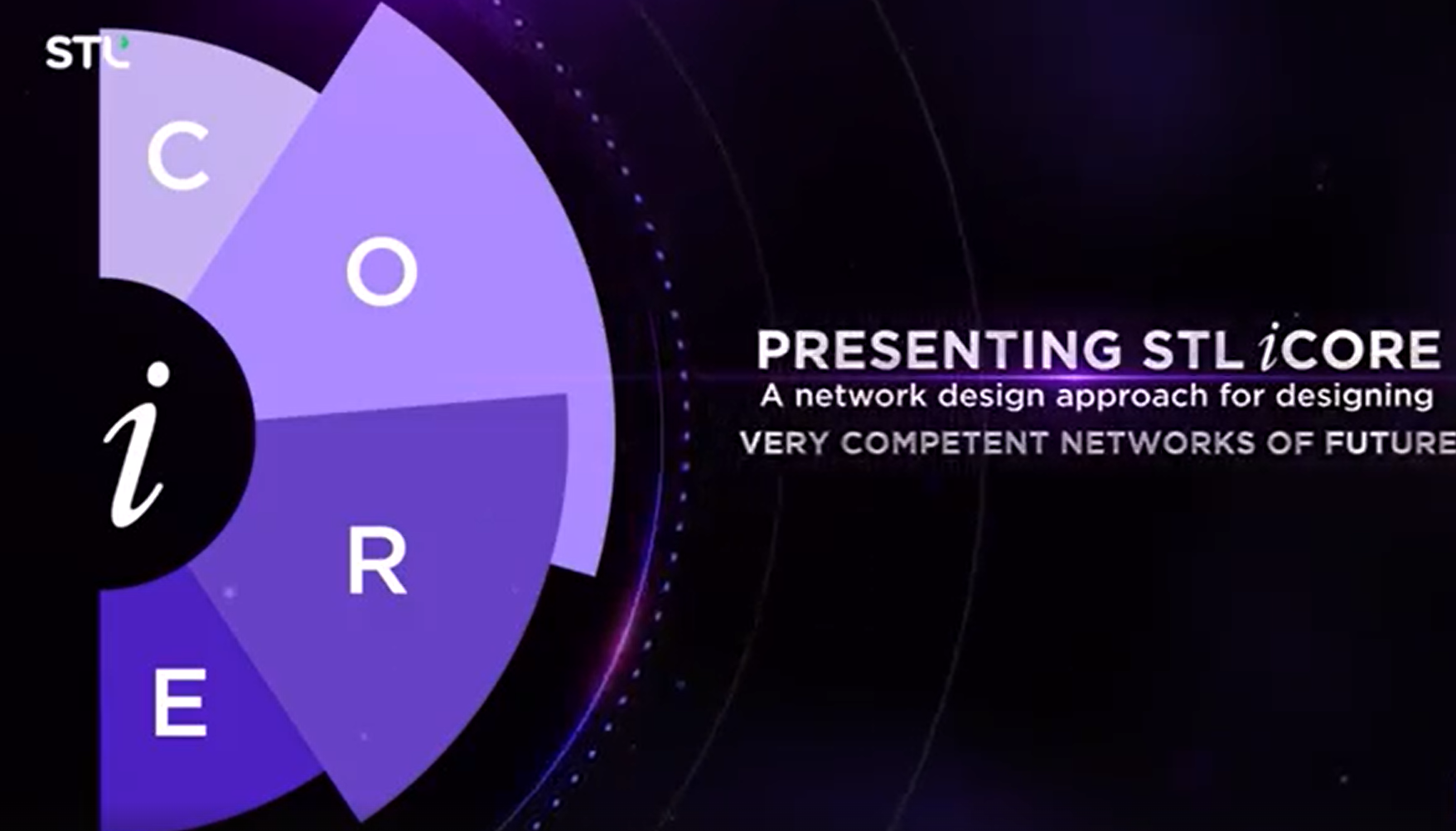We discuss the following topics in this blog:
- Designing competent hyperscale converged networks
- Capture network resources and gaps through technology lead surveying techniques.
- STL’s indigenous iCORE formula for MahaNet
In addition to these topics, we shall also be answering the following FAQs:
- What is WiFi?
- What is 5G NR?


The dawn of digitization has rewritten the rules of and our future digital megatrends like the Internet of Things,5G, industry 4.0, and immersive content are pushing the boundaries of data networks. We need to rethink data networks from the very core which is a network design. Answering that need is STL’s iCORE a transformative approach for designing very competent hyperscale converged networks.

Whereas getting into the world of iCORE network design integrated approach helps design networks across physical , logical and application layers. Converged planning wireline, wireless and satellite networks for aggregated solutions and synergies.

It provides one single backbone to enable seamless handling of network demand variability. iCORE design focuses on reusing existing infrastructure for maximum utilization of monetizable assets.

The very foundation of iCORE is what we call everything survey which helps capture network resources and gaps through technology lead surveying techniques.

STL iCORE doesn’t just revolutionize network design but it actually propels service providers to achieve key business outcomes like network economics future-readiness and an infinitely better quality of service. Get future-ready with STL iCOREnow to design data networks that accelerate digital transformation.
Projects implemented using iCORE technology are:
https://www.stl.tech/blog/how-stl-is-designing-the-future-of-mahanet/
https://www.stl.tech/blog/digital-networks-the-neural-network-of-the-digital-age/
STL’s Indigenous iCORE Formula for MahaNet
- Integrated: Planning across three layers – physical, application, and logical is synergized. This minimizes design gaps in two layers and increases agility without increasing cost.
- Converged Planning: Taking converged visibility of the requirements, design and deliver an appropriate solution. Understanding various trade-offs is essential.
- One Backbone: Building scalability and agility with focused problem solving and working around topology constraints. This made project capable of handling all kinds of traffic to create a digital highway capable of modern data-heavy use cases eg. AR/VR based projects, tele-medicine, e-tutoring and many more.
FAQs
What is WiFi?
Put simply, WiFi is a technology that uses radio waves to create a wireless network through which devices like mobile phones, computers, printers, etc., connect to the internet. A wireless router is needed to establish a WiFi hotspot that people in its vicinity may use to access internet services. You’re sure to have encountered such a WiFi hotspot in houses, offices, restaurants, etc.
To get a little more technical, WiFi works by enabling a Wireless Local Area Network or WLAN that allows devices connected to it to exchange signals with the internet via a router. The frequencies of these signals are either 2.4 GHz or 5 GHz bandwidths. These frequencies are much higher than those transmitted to or by radios, mobile phones, and televisions since WiFi signals need to carry significantly higher amounts of data. The networking standards are variants of 802.11, of which there are several (802.11a, 802.11b, 801.11g, etc.).
What is 5G NR?
5G typically refers to the fifth generation of wireless technology. NR, commonly known as New Radio, is a standard developed by the 3GPP Group (Release 15 being the first version introduced back in 2018) outlining the technology required to harness the newly-available millimeter-wave frequencies. The two frequency bands in which 5GNR operates are Frequency Range 1, i.e., Sub 6GHz band (410 MHz to 7125 MHz), and Frequency Range 2, i.e., millimeter-wave (24.25 to 52.6 GHz). Over 4G LTE, 5G NR provides better spectrum utilization, faster data rates, hardware efficiency, and improved signal processing.
From a deployment standpoint, we have Non-Standalone Mode(NSA), Dynamic Spectrum Sharing(DSS), and Standalone Mode (SA). The initial deployments of 5G NR are based on NSA standards, meaning the existing 4G LTE network will operate on the control plane, and 5G NR will be introduced to the user plane. This particular standard was introduced by 3GPP, keeping in mind the industry’s push to faster 5G services rollout while utilizing the existing 4G LTE infrastructure currently in place. On the other hand, operators are also implementing Dynamic Spectrum Sharing (DSS) to accelerate the deployment cycle, reducing costs and improving spectrum utilization. In this standard, the same spectrum is shared between the 5G NR and 4G LTE, multiplexing over time per user demands. Lastly, we have the Standalone Mode (SA), which moves towards a complete 5G based network where both signaling and the information transfer are driven by a 5G cell.
In the future, 5G will enable new services, connect new industries and devices, empower new experiences, and much more, providing mission-critical services, enhanced mobile broadband, and various other things.
a) Enhanced mobile broadband (eMBB) Applications: High device connectivity, High mobile data rates, and Mobile AR & VR applications
b) Ultra-reliable, low-latency communications (uRLLC)Applications: Autonomous vehicles, Drones, Data monitoring, Smart mfg.
c) Massive machine-type communications (mMTC)Applications: Healthcare, Industry 4.0, Logistics, Environmental monitoring, Smart farming, Smart grids















